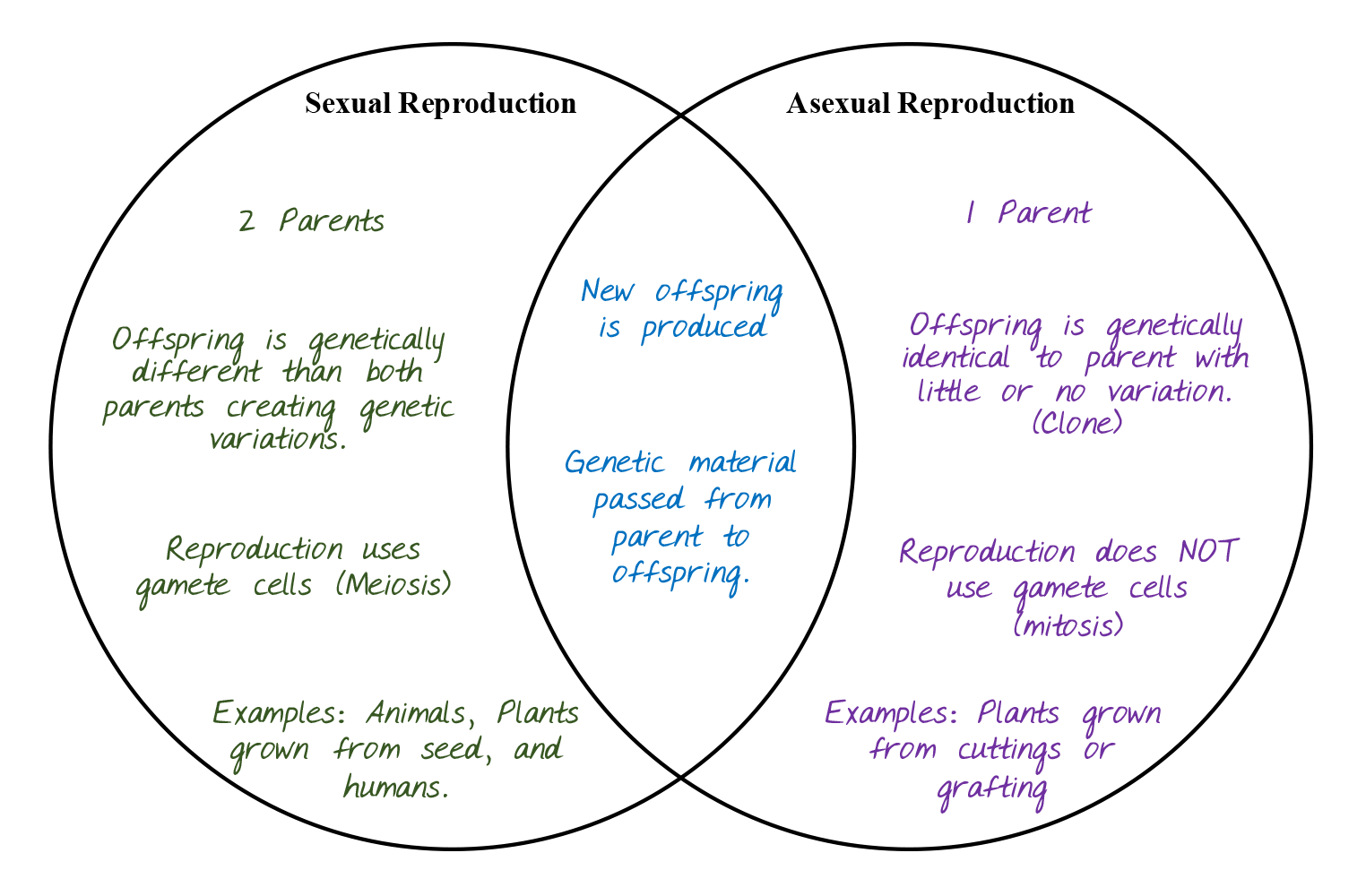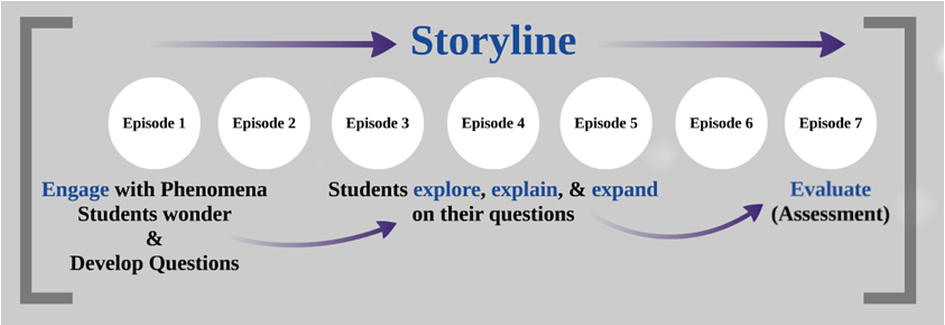Apple Genetics: A Tasty Phenomena
Using the context of apples, students will apply their knowledge of heredity and genetics to distinguish between sexual and asexual reproduction as they explain how new varieties of apples are developed and then propagated to meet consumer demand for a tasty, uniform, consistent product.

Background
Lesson Activities
Recommended Companion Resources
Credits
Author
Kevin Atterberg, Erin Ingram, Molly Brandt, Andrea Gardner, and Debra Spielmaker | National Center for Agricultural Literacy (NCAL)
Acknowledgements
Activity 1 was originally written in the lesson "Apple Genetics" written by Kevin Atterberg (Culler Middle School, Lincoln NE), Erin Ingram, and Molly Brandt (University of Nebraska-Lincoln, IANR Science Literacy Initiative). The lesson was updated in 2018 to follow a phenomena-based format.
Phenomenon chart adapted from work by Susan German.
German, S. (2017, December). Creating conceptual storylines. Science Scope, 41(4), 26-28.
German, S. (2018, January). The steps of a conceptual storyline. Science Scope, 41(5), 32-34.
Sources
- http://www.care2.com/greenliving/22-fun-facts-about-apples.html
- https://extension.illinois.edu/apples/facts.cfm
Standards
National Content Area Standards
- Career & Technical Education
- AFNR (Grades 6-8): Biotechnology Systems Career Pathway
- BS.03.04: Apply biotechnology principles, techniques and processes to enhance plant and animal care and production (e.g., selective breeding, pharmaceuticals, biodiversity, etc.).
- AFNR (Grades 6-8): Biotechnology Systems Career Pathway
- Science
- MS-LS4: Biological Evolution: Unity and Diversity
- MS-LS4-4: Construct an explanation based on evidence that describes how genetic variations of traits in a population increase some individuals’ probability of surviving and reproducing in a specific environment.
- MS-LS4-5: Gather and synthesize information about technologies that have changed the way humans influence the inheritance of desired traits in organisms.
- MS-PS1: Matter and Its Interactions
- MS-PS1-2: Analyze and interpret data on the properties of substances before and after the substances interact to determine if a chemical reaction has occurred.
- MS-LS4: Biological Evolution: Unity and Diversity
